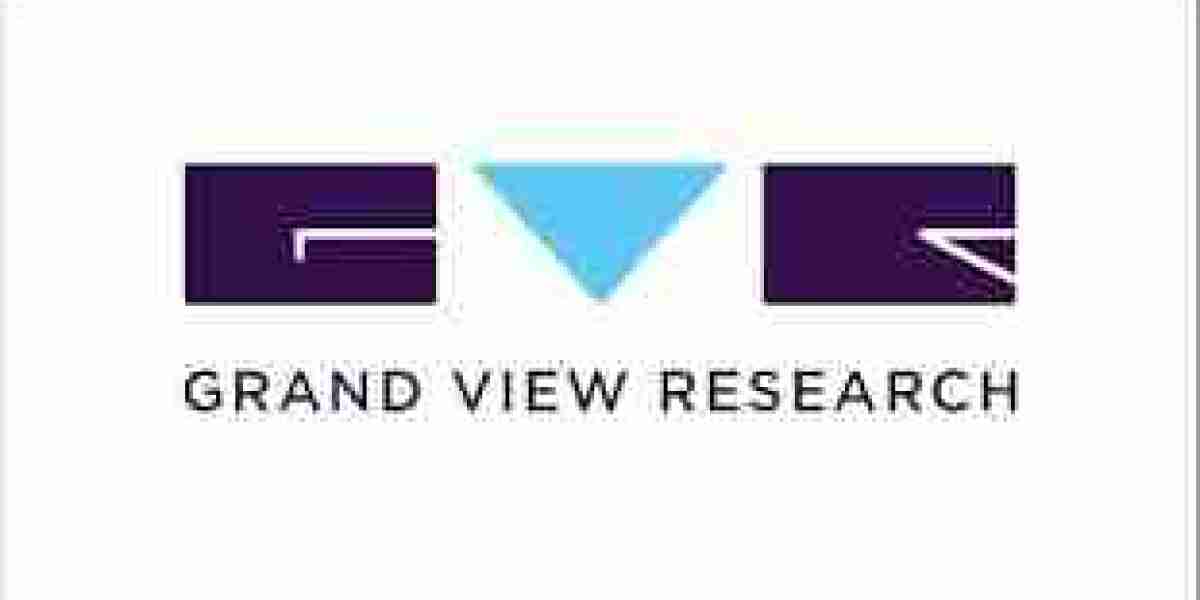The global metal casting market was valued at USD 136.71 billion in 2022 and is projected to grow at a compound annual growth rate (CAGR) of 5.5% from 2023 to 2030. Several factors are driving this market growth, with one of the primary drivers being the increasing demand for metal cast products, especially from the automotive sector. Metal casting is a widely used manufacturing process that involves pouring molten metal into molds or dies to create components with complex shapes and large sizes. This process is particularly beneficial for producing parts used in a variety of industrial applications, including automotive, industrial machinery, healthcare, telecommunications, and construction.
A key factor contributing to the growth of the metal casting industry is the regulatory pressure on automakers to improve fuel efficiency and reduce emissions. Governments around the world have implemented stringent pollution control and energy efficiency regulations, particularly in the automotive sector. These regulations are driving the demand for lightweight vehicles, which require casting materials such as aluminum and magnesium alloys to reduce the overall weight of vehicles. This shift toward lightweight vehicles has become an important trend in the automotive industry, as it helps automakers meet fuel efficiency standards while maintaining performance and safety.
Market Growth in the Asia Pacific Region
The metal casting market is expected to witness substantial growth in the Asia Pacific region, largely due to rising demand from end-use industries. Asia Pacific is home to rapidly growing markets in automotive, construction, and manufacturing, making it a crucial region for the industry. In particular, the demand for metal cast products is being driven by growth in the building and construction sector, especially in developing countries like China, India, Malaysia, and Indonesia.
For example, in 2018, Malaysia's residential and non-residential construction sectors grew by approximately 4.4% in real terms, while Indonesia’s construction sector experienced a healthy growth rate of around 7-8%. These growth figures were driven by increasing infrastructure development, government incentives, and favorable market conditions. Governments in these countries have been supporting the construction industry through initiatives such as relaxing mortgage down payment requirements and providing financial incentives for first-time homebuyers. As a result, the demand for metal casting products used in construction and infrastructure projects is expected to continue rising.
The building and construction industry’s growth in these countries is expected to have a significant positive impact on the metal casting market. The demand for cast products used in a variety of construction applications, including infrastructure projects (roads, bridges, and utilities) and residential and commercial buildings, is anticipated to continue expanding. The strong government support for infrastructure development in countries like China and India further supports the sustained growth of this market segment.
Gather more insights about the market drivers, restrains and growth of the Metal Casting Market
Application Segmentation Insights
The automotive sector is the largest consumer of metal cast products, accounting for 59.5% of the market revenue in 2022. The automotive industry's demand for casting products continues to grow as global production increases. For instance, global automotive production saw a modest but consistent rise, with a 2.3% increase in 2017, according to the International Organization of Motor Vehicle Manufacturers (OICA). One of the key trends in the automotive sector is the increasing use of aluminum cast products, which are essential for reducing the weight of vehicles. This trend is expected to continue as automakers focus on achieving better fuel efficiency and complying with stringent emissions standards. The shift to lightweight materials in vehicle manufacturing is, therefore, a major factor fueling the demand for aluminum casting products in the automotive sector.
In addition to the automotive sector, the industrial segment is also expected to experience significant growth. The industrial segment is projected to grow at the fastest CAGR of 5.9% over the forecast period. Products such as decanters, metal valves, gaskets, flanges, air injection tubes, and various industrial components are commonly produced using casting processes. These products are critical in industries such as oil and gas, power generation, and manufacturing. The rapid expansion of manufacturing industries in emerging economies, particularly in China and other parts of Asia, is expected to be a major driver for growth in the industrial segment. The increased need for industrial equipment and infrastructure in these regions will result in higher demand for metal castings used in the production of these components.
The building and construction sector is another key consumer of metal casting products. As governments worldwide increase their investments in infrastructure, including transportation, water supply, telecommunications, and energy networks, the demand for cast products for use in these projects is growing. The construction of large-scale infrastructure, such as bridges, highways, and rail systems, relies heavily on the use of durable metal castings, which provide the necessary strength and resilience for these applications. As infrastructure development continues to be a priority in many developing economies, particularly in the Asia Pacific region, this will further drive the demand for metal casting products in the construction industry.
Key Growth Drivers
- Automotive Demand: The automotive sector remains a dominant consumer of metal cast products, particularly in the production of lightweight vehicles to meet fuel efficiency and emission regulations. The continued demand for aluminum cast products in vehicle manufacturing is expected to support the overall market growth.
- Industrial Expansion: The industrial segment, driven by the growing manufacturing sectors in Asia and emerging economies, is expected to expand rapidly. The production of industrial components such as valves, pipes, and fittings, all of which are manufactured using casting processes, will continue to drive market growth.
- Construction Growth in Asia: The building and construction industry, particularly in developing countries in Asia, is experiencing robust growth. Government initiatives to boost infrastructure investment and residential construction will continue to increase demand for metal casting products, especially in sectors such as transportation, energy, and water infrastructure.
- Sustainability and Energy Efficiency: Stringent regulations aimed at reducing carbon emissions and improving energy efficiency are likely to continue driving the adoption of lightweight and energy-efficient materials, particularly in the automotive and aerospace industries. This shift will further elevate the demand for casting solutions.
Challenges
Despite the positive growth outlook, the metal casting industry faces several challenges, including the volatility in raw material prices, environmental concerns related to energy consumption during the casting process, and the need for continuous technological advancements to meet the evolving demands of end-use industries. Additionally, the industry must navigate supply chain disruptions and address concerns about sustainability and waste management practices in the casting process.
Order a free sample PDF of the Market Intelligence Study, published by Grand View Research.



